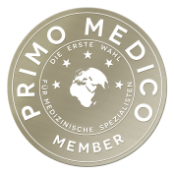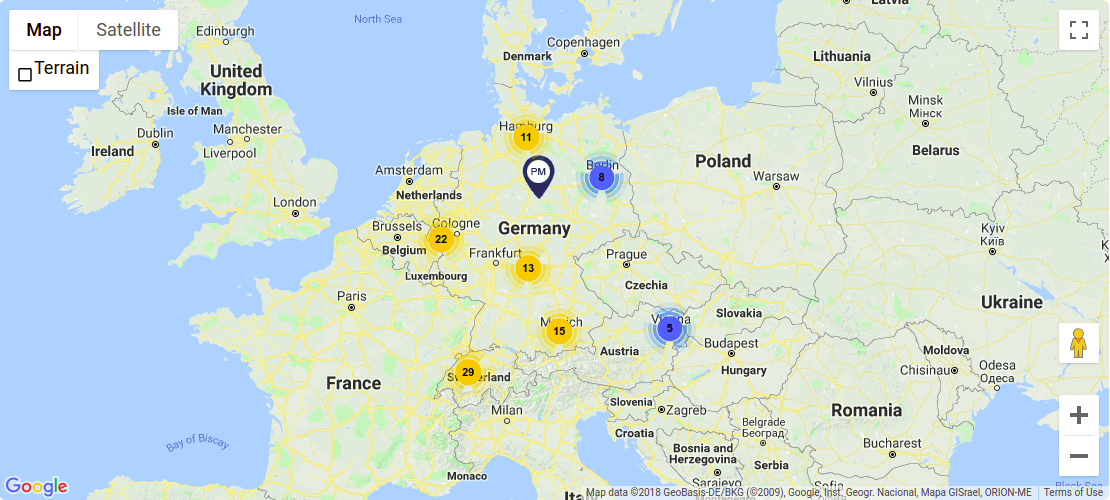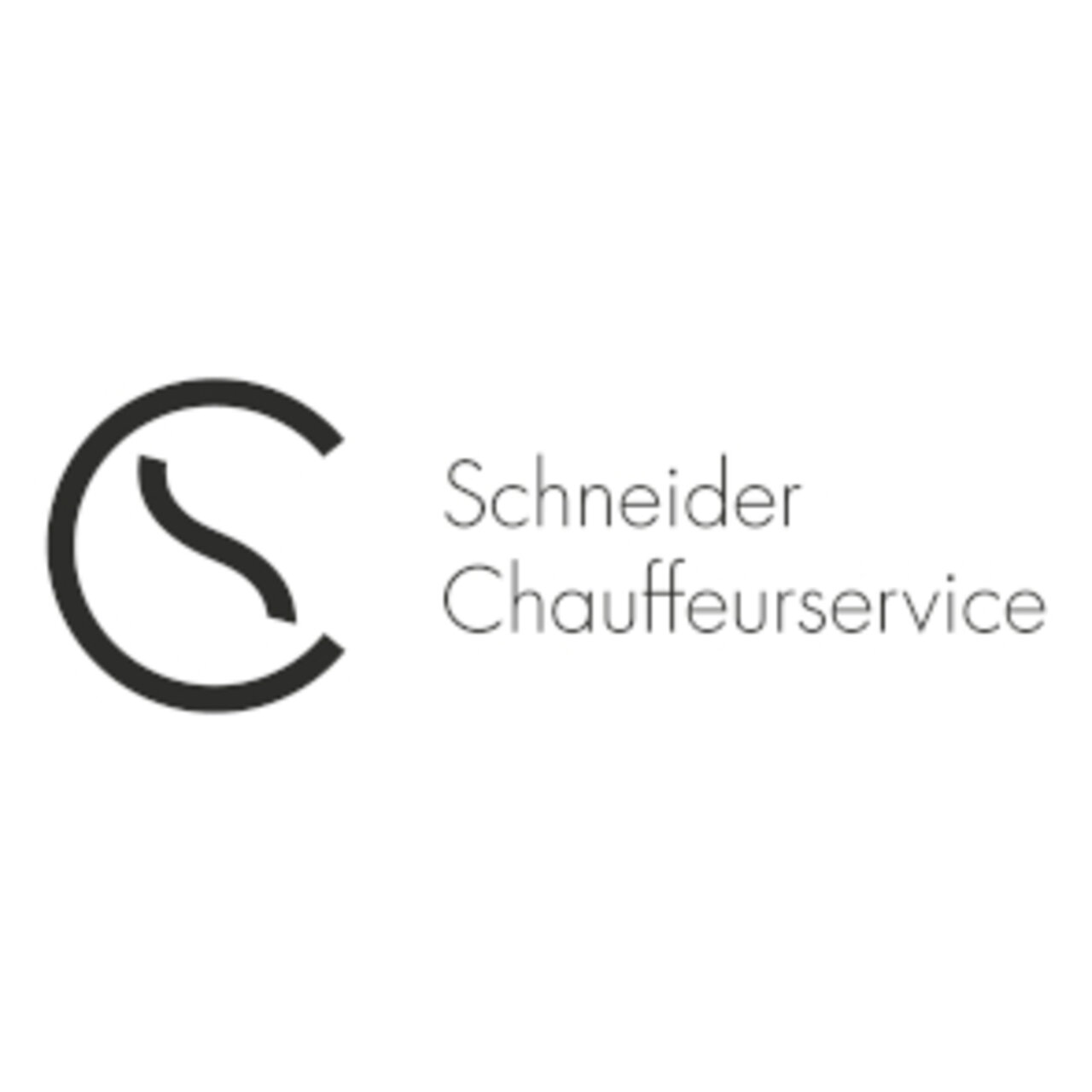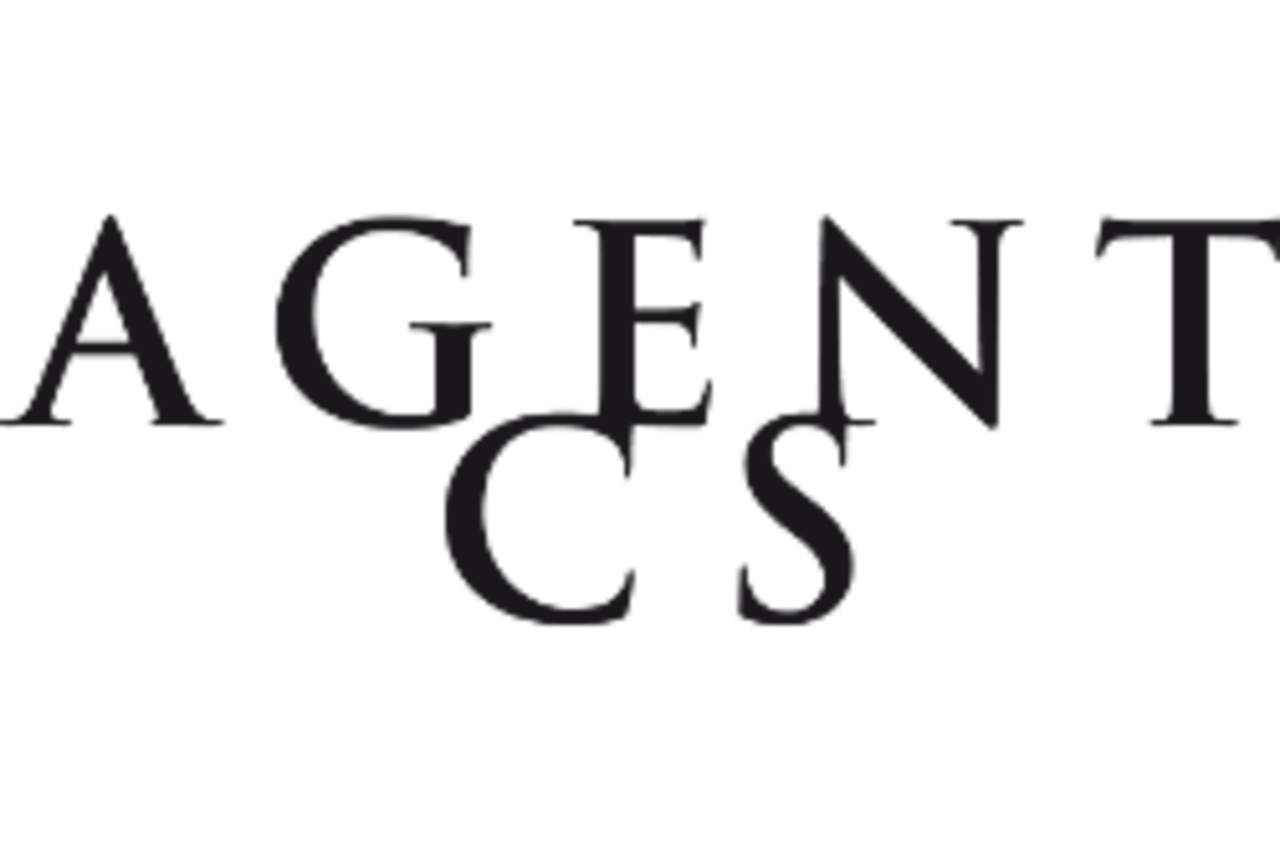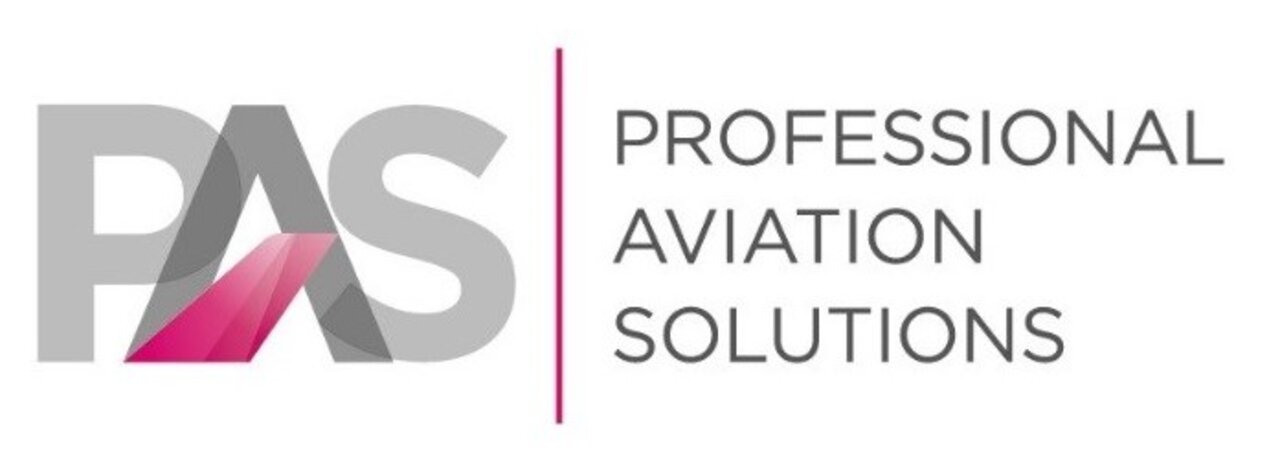SNRI - Medical Imaging and Image-Guided Treatment Specialists in Zurich
Treatment focus
- Intracranial aneurysms
- Hemorrhagic or ischemic brain lesions
- Arteriovenous malformations
- Pulsatile tinnitus
- Second opinion
Contact
Bürglistrasse 29, CH-8002 Zurich
P: +41 44 512 53 02 F: +41 44 576 72 01
Consultation Hours:
Monday – Friday 8 AM – 6 PM
By Arrangement

Medical Range
Range of Diagnostic Services
- Ultrasound
- X-ray diagnostics
- Computed tomography
- MRI
- Angiography
- Myelography
- Rupture risk assessment in cerebral aneurysm
Range of Therapeutic Services
- Interventional Neuroradiology
- Embolization in vascular malformations of the central nervous system (AV malformation, AV fistula)
- Coiling for cerebral aneurysm
- Intracranial stent implantation
More Information
Card
The Swiss Neuro Radiology Institute (SNRI) in Zurich specializes in diagnosing and treating congenital or acquired neurovascular diseases. These include diseases of the vascular system of the brain and spinal cord, for example, intracranial aneurysms, arteriovenous malformations, pulse-synchronous tinnitus, as well as cerebral hemorrhages or consequences of strokes.
The newly founded center is headed by Prof. Isabel Wanke and Prof. Daniel Rüfenacht specialists in neuroradiology. According to current international guidelines, optimal technical equipment as a prerequisite for good diagnostics and therapy and competent care with treatment tailored to the individual patient are guaranteed at the Swiss Neuro Radiology Institute (SNRI). Prof. Wanke and Prof. Rüfenacht are also available for a second opinion assessment.
Competent Care for Neurovascular Diseases at the Swiss Neuro Radiology Institute (SNRI) Zurich
Neurovascular diseases are often complex clinical pictures that require a high level of expertise from the treating physicians, both in diagnostics and therapy. Therefore, the institute has the most modern equipment and imaging methods in both interventional and diagnostic radiology.
Intracranial Aneurysms
Aneurysms are pathological vascular dilatations that represent a weak point in the brain arteries and are often found at branches of the blood vessels. With increased blood pressure, the wall can expand or even rupture (rupture). About 2-3 percent of all adults are affected by aneurysms. Out of 3000 aneurysm patients, about 10 suffer a dangerous cerebral hemorrhage. When an aneurysm is suspected, it is therefore important to promptly assess the risk of rupture and, if necessary, to competently treat the aneurysm.
In a procedure called "aneurysm coiling," tiny platinum-coated metal coils are pushed from the inguinal artery into the aneurysm using a catheter and placed in the bulge. This prevents blood from continuing to flow into the aneurysm. The blood is still contained in the outpouching thromboses so that the danger of bleeding is averted.
Arteriovenous Malformations (AV Malformation)
A vascular malformation of the central nervous system is associated with an abnormal proliferation of vessels found in the head or spinal canal that are not involved in tissue supply. Possible symptoms include headaches, migraines, or epileptic seizures. In addition, vascular malformations can lead to ruptures (tears) with bleeding in various sections of the central nervous system.
Other complications include hypofunction, such as cerebral stroke or paralysis, when the normal cerebral circulation is disrupted. Insights into the presence of an AV malformation are usually obtained through an MRI (magnetic resonance imaging) scan. There are three treatment options for arteriovenous malformations, which are also used in combination:
Endovascular embolization uses catheters and a tissue adhesive to glue the nonfunctioning vessel ends together to stop blood flow. Larger vessel nests can then be removed during neurosurgical surgeries. Alternatively, radiation treatment (radiotherapy) is an option to destroy the redundant blood vessels.
Hemorrhagic or Ischemic Brain Lesions (Stroke)
A stroke occurs when areas of the brain are not adequately oxygenated. This can be caused by a heart attack or a brain hemorrhage. There are two types of strokes: ischemic and hemorrhagic. Ischemic stroke is much more common and caused by vessel occlusion in the brain.
The cause of a hemorrhagic stroke is a burst and bleeding vessel in the brain. CT angiography is used to examine and visualize the blood vessels. In an ischemic stroke, it is important to reopen the clogged blood vessel as quickly as possible to prevent permanent brain damage and its long-term consequences.
Treatment is possible with medication or with the help of a stent (wire tube for keeping blood vessels open), which is pushed through a catheter to the constriction. The stent wraps around the thrombus and is then pulled out. In a hemorrhagic stroke, doctors must first stop the bleeding. This is usually done during a neurosurgical operation to remove the blood and close the tear in the vessel.
Pulsatile Tinnitus
A pulsatile (pulse-synchronous) tinnitus describes a whistling or hissing sound in the ear, which occurs not evenly but is rhythmically and adapted to the pulse beat. Because of the very diverse causes of this form of tinnitus, targeted use of radiological methods is necessary to obtain a precise diagnosis.
The Swiss Neuro Radiology Institute (SNRI), under the direction of Prof. Wanke and Prof. Rüfenacht, has the most modern methods to diagnose and treat patients with pulsatile tinnitus successfully. One possible cause of pulsatile tinnitus is a fistula, a pathological short circuit in the brain between an artery and a vein. The unwanted connection can be glued and eliminated using microcatheters. This not only eliminates the risk of a brain hemorrhage but also causes the distressing ringing in the ears to disappear.
For more information, please visit the website of the Swiss Neuro Radiology Institute.
Curriculum Vitae
Prof. Dr Isabel Wanke
| 2014 | Appointed for a Chair of Interventional Neuroradiology at the Institute for Diagnostic and Interventional Radiology and Neuroradiology, University of Duisburg-Essen |
| Oct. 2008 | NeuroZentrum Zurich, Neuroradiology |
| Jan. 2008 | University Professor of Interventional Neuroradiology, (Endowed Professorship) Medical Faculty of the University of Duisburg-Essen (W3) |
| Sep. 2008 - 2013 | Endowed Professorship for Interventional Neuroradiology, Essen University Hospital |
| May 2006 | Habilitation: New Aspects in Endovascular Therapy of Intracranial Aneurysms |
| April 2005 | Accreditation in Neuroradiology |
| 2004 - 2008 | Senior Physician in Neuroradiology (Prof. M. Forsting), Essen University Hospital |
| April 2000 | Specialist Physician for Diagnostic Radiology |
| 1998 - 2004 | Senior Physician Neuroradiology (Prof. M. Forsting), Essen University Hospital |
| May 1998 | Doctorate: The Spectrum of Clinical manifestations of Lyme Borreliosis in the FRG, University of Cologne (Prof. R. Ackermann Neurology) |
| 1997 - 1998 | Assistant Physician in Radiology (Comm. Director: PD R.-D. Müller), Essen University Hospital |
| 1996 - 1997 | Assistant Physician in Neurology (Prof. H.C. Diener), Essen University Hospital |
| 1994 - 1996 | Assistant Physician in Neuroradiology, Essen University Hospital, Central Institute for Diagnostic Radiology (Prof. F. Zanella) |
| Jun 1994 | Approbation |
| 1992 - 1994 | Internship Physician, Radiology (J. Thrall, Ph.D.), Massachusetts General Hospital, Boston |
| 1984 - 1992 | Study of human medicine, University of Cologne |
Prof. Dr Daniel Rüfenacht
| 2013 | Co-founder of the SwissNeuroFoundation (www.swissneurofoundation.org) Co-founder of EFMINT (European Foundation of Minimally Invasive Neurological Therapies) |
| 2011 | Honorary Professor at the Department of Cardiovascular Science, University of Sheffield, UK |
| Oct 2008 | At the Hirslanden Clinic, together with Prof. I. Wanke from Essen, entrusted with the establishment of an expert group on diagnostic & interventional neuroradiology at the SwissNeuroInstitute Preclinical research at CABMM (Center of Applied Biotechnology and Molecular Medicine), University of Zurich |
| Oct 2008 | Co-founder of ESMINT (European Society of Minimally Invasive Neurological Therapies, www.esmint.eu) |
| 1992 - 2008 | Professor of Neuroradiology at the University of Geneva as Head Physician and Head of Department of Neuroradiology 1992-2006 in the Department of Radiology 2007-2008 for the "Service Neurointerventionelle" in the Department of Clinical Neurosciences |
| 1988 - 1992 | Work in the USA with a residency at the University of Wisconsin, Madison, Wisconsin; MAYO The clinic, Rochester, Minnesota; and the University of Minnesota, Minneapolis, Minnesota). |
| 1984 | Doctoral thesis, University of Bern |
| 1981 - 1987 | Training in Radiology and Neuroradiology, University Hospital of Bern (Prof. W.A. Fuchs and Prof. P. Huber) and in Interventional Neuroradiology in 1984/85, Hôpital Lariboisière (Prof. J.J. Merland), University VII of Paris, France. |
| 1981 | Medical studies, University of Bern |
Team
- Prof. Dr Isabel Wanke
Specialist for Radiology, Focus on Diagnostic and Invasive Neuroradiology - Prof. Dr Daniel Rüfenacht
Specialist for Radiology, Focus on Diagnostic and Invasive Neuroradiology
Transport Connections
| Train Station Zurich Enge | 0.5 km |
| Main Station Zurich | 2.5 km |
| Zurich Airport | 15 km |
Information about Zurich
The capital of the canton of the same name is also the largest city in Switzerland. Geographically it is located north in eastern Switzerland. Zurich is situated on the Limmat River, directly at the outflow of Lake Zurich, and is thus also called the "Limmat City." Economically, socially and scientifically, Zurich is considered the center of Switzerland. Therefore, large banks, many media companies, and international companies are located there, and at the same time, the cultural offer is rich. The well-known Swiss Federal Institute of Technology Zurich (ETHZ) gives Zurich an international name in educational institutions.


